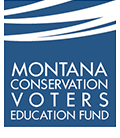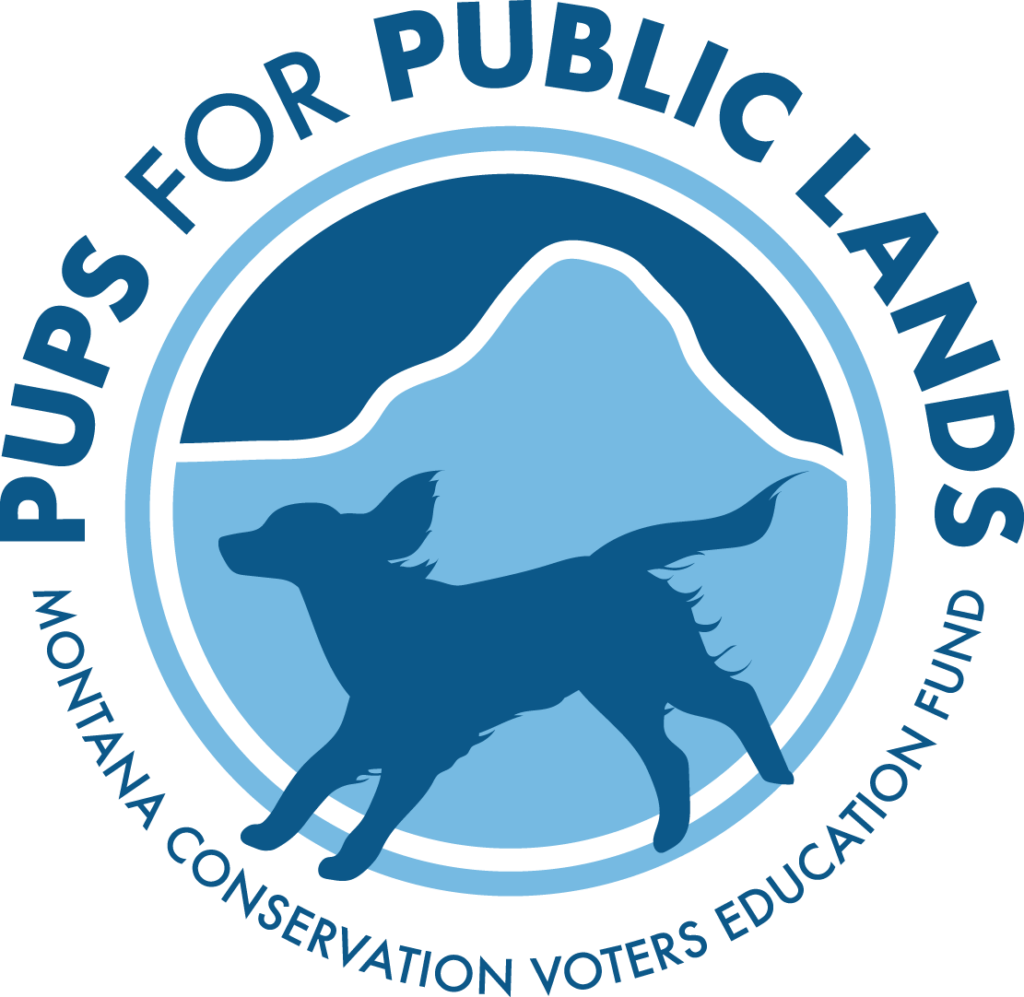
We had an amazing time for the third annual Pups for Public Lands photo contest!
The MCV Education Fund celebrates Public Lands Month with this contest. We saw countless photos of Montanans and their adventure buddies exploring Montana public lands using #pupsforpubliclands.
With the help of judges in the conservation community, Team MCV selected 12 top dogs to be featured in our annual Pups for Public Lands calendar. And to sweeten the deal, winning pups receive a prize pack of goodies!
Each year we receive photos from corners of the state and everywhere in between. The submissions have it all, and the love of public lands comes through all of them. We are honored and delighted to host this contest each year and see all of you out in the Last Best Place with your furry friends.
And without further ado, here are the winners of the 2024 Pups for Public Lands photo contest!
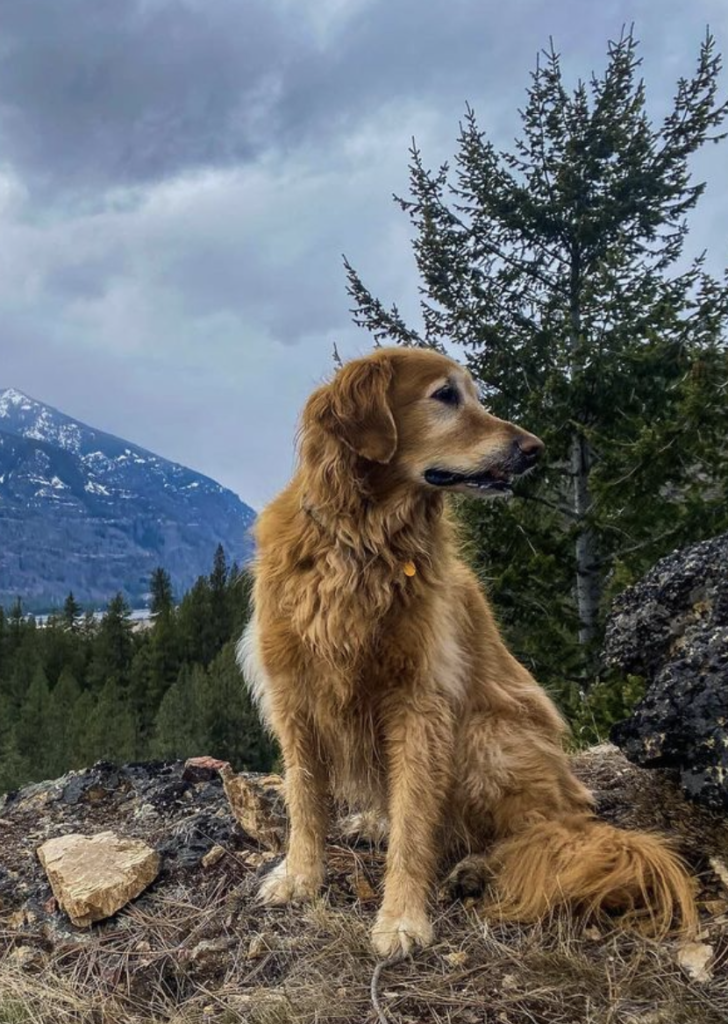
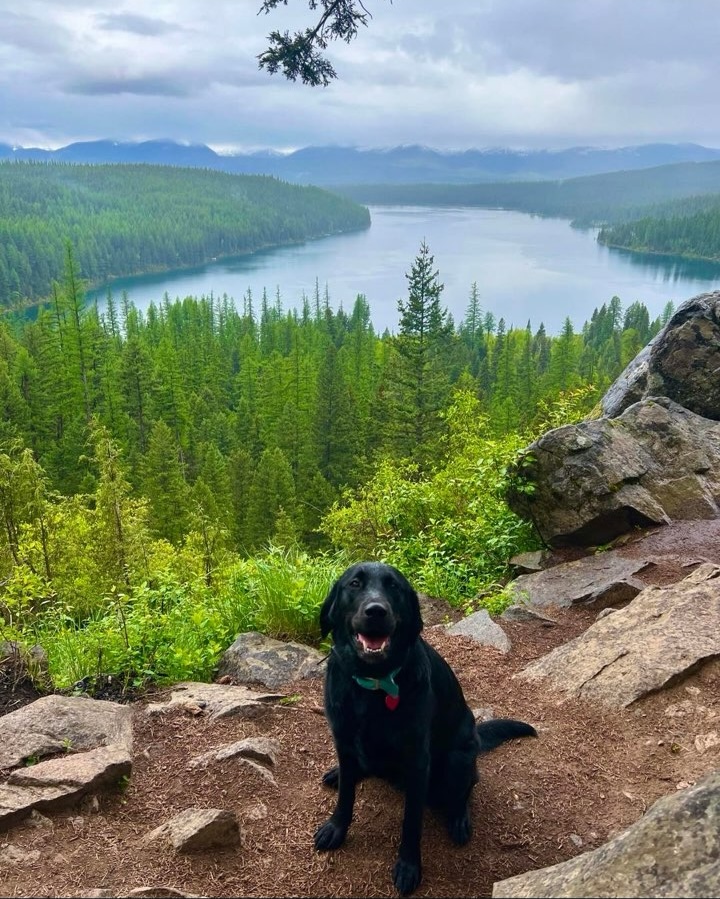
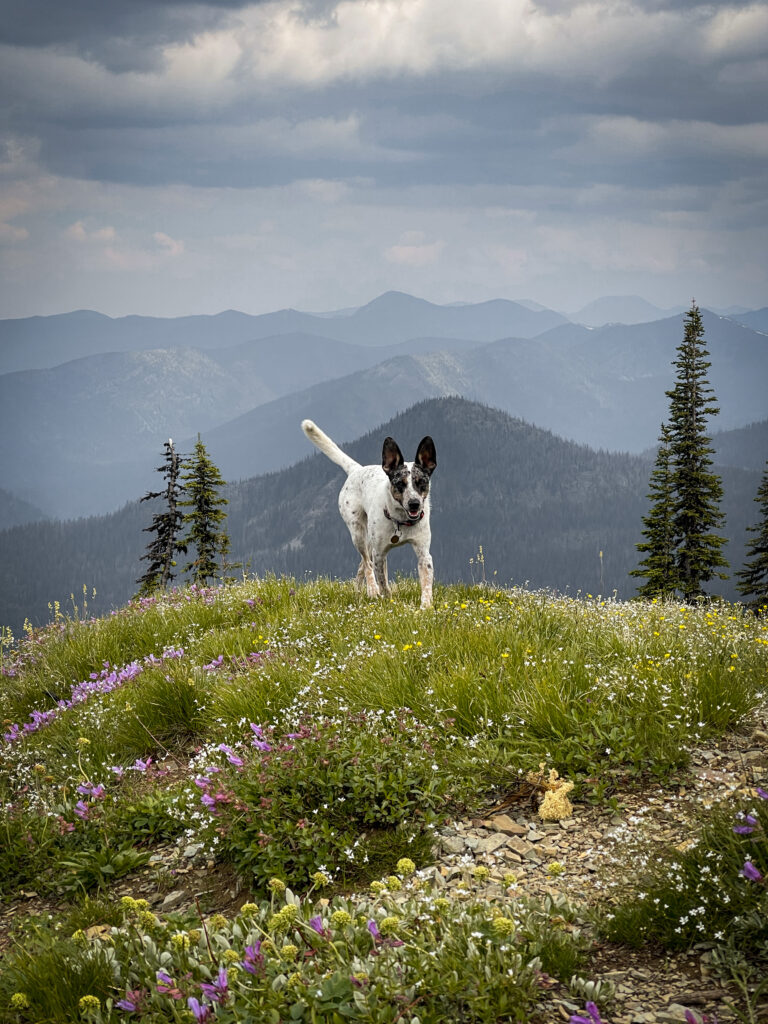
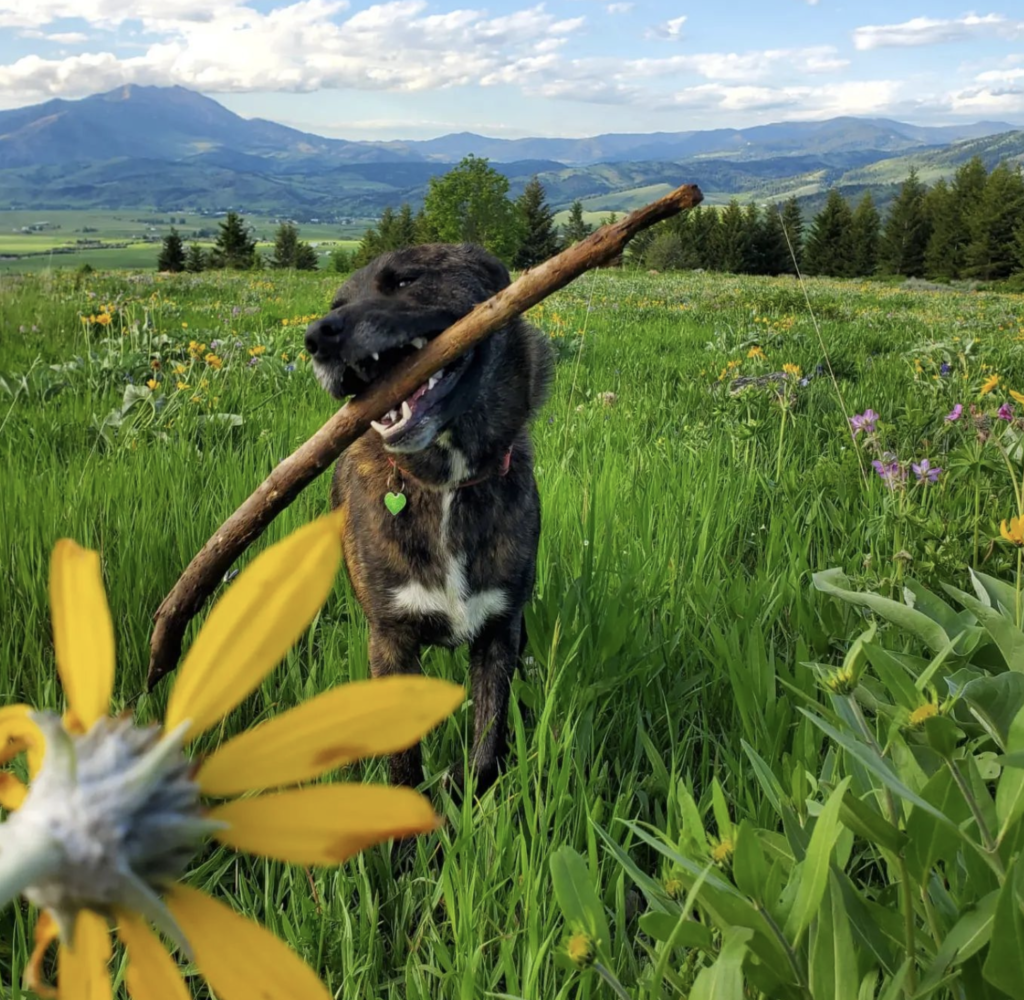
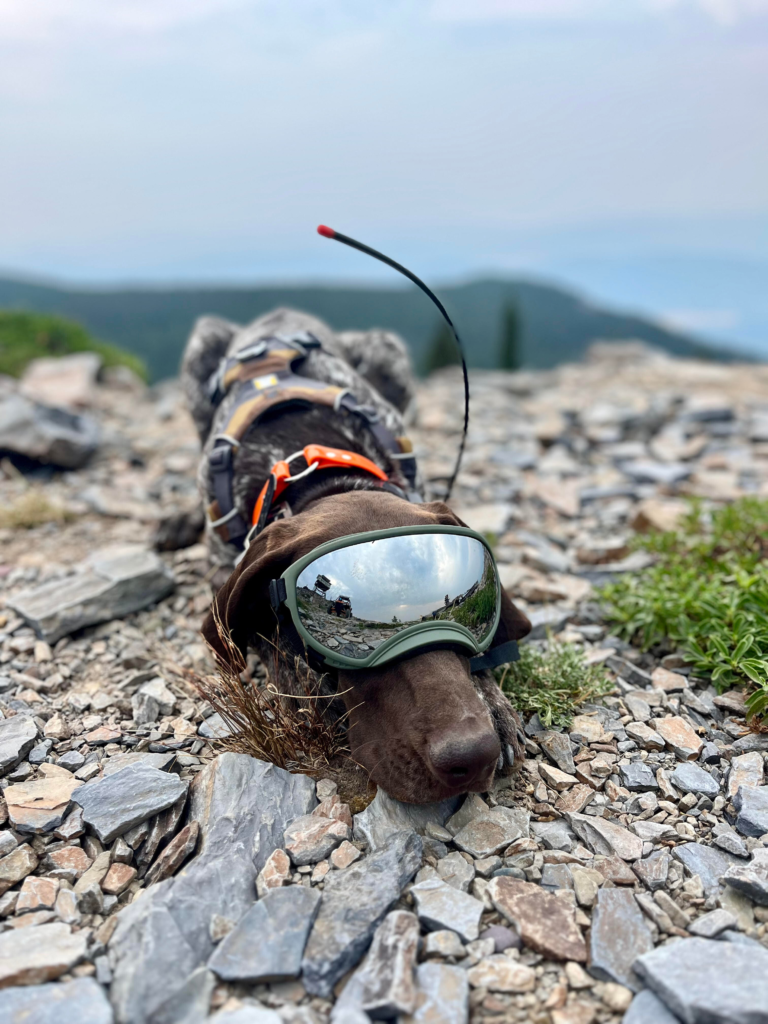
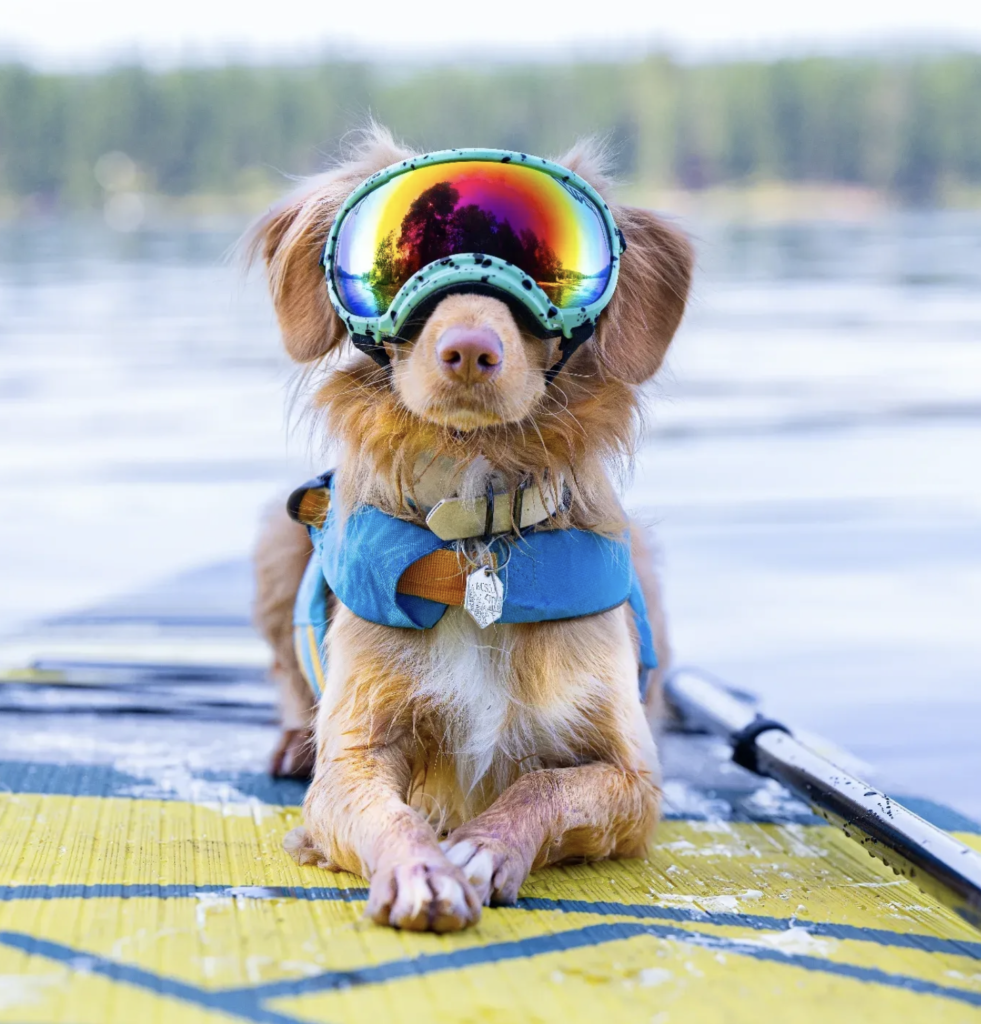
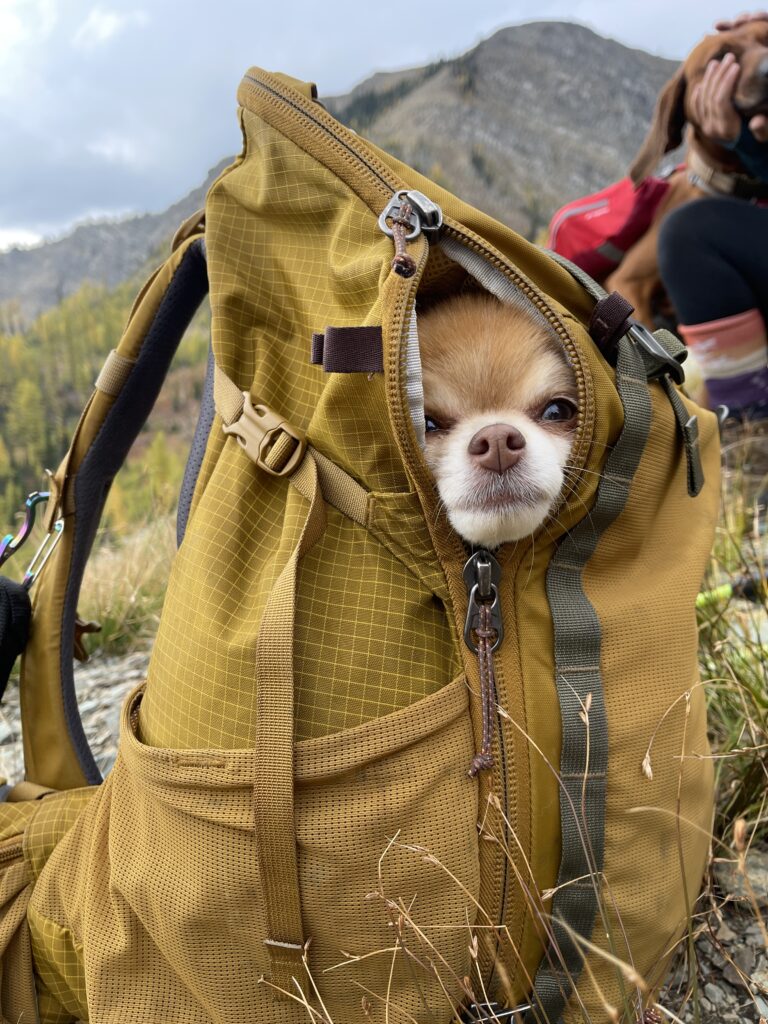
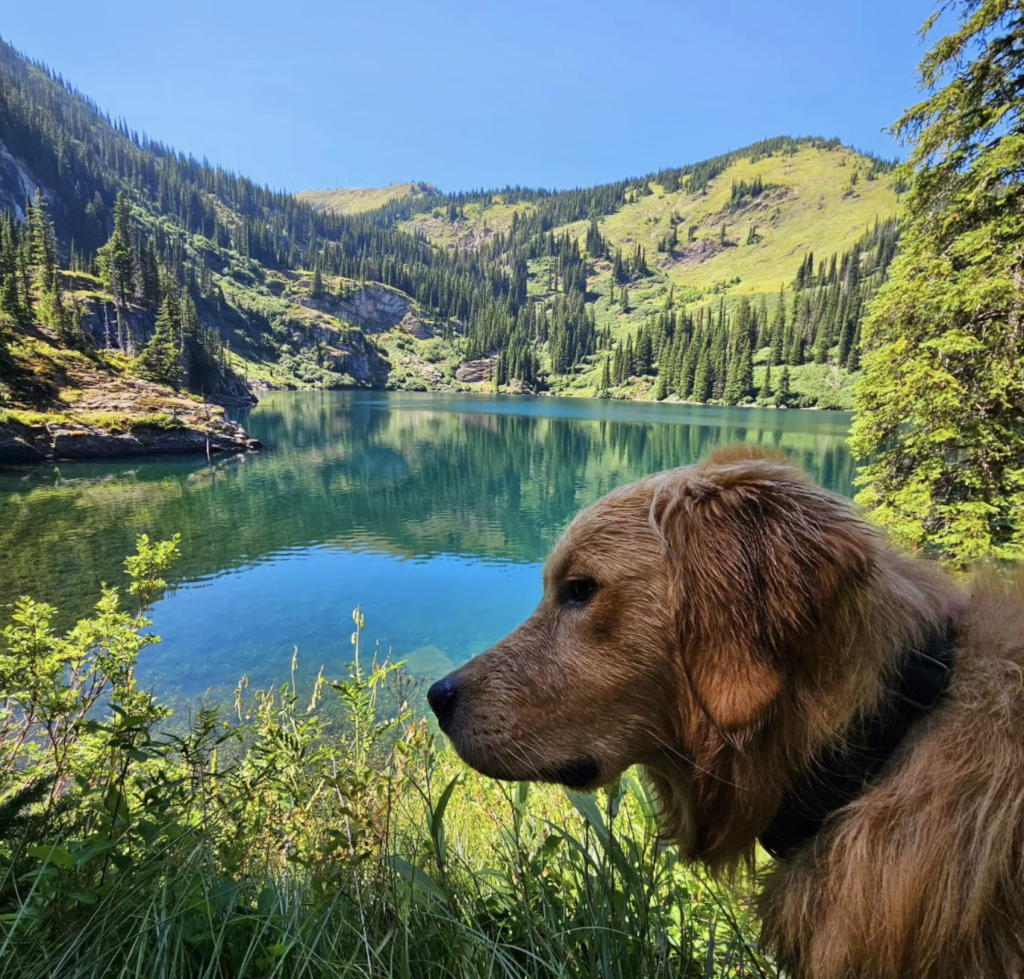
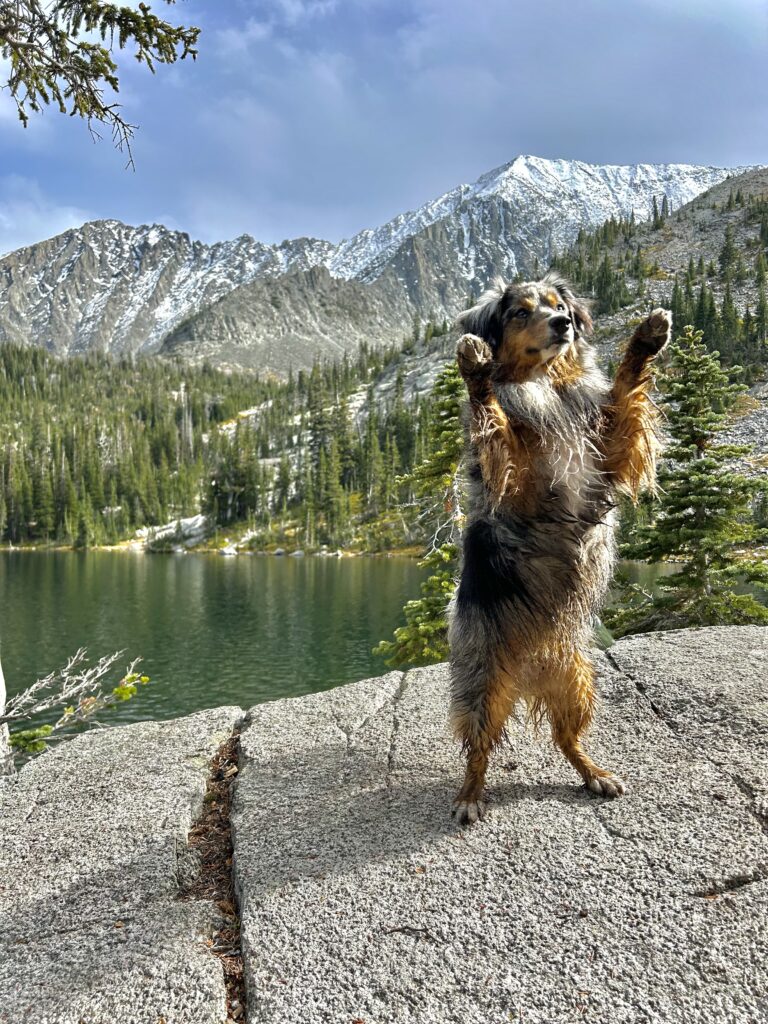
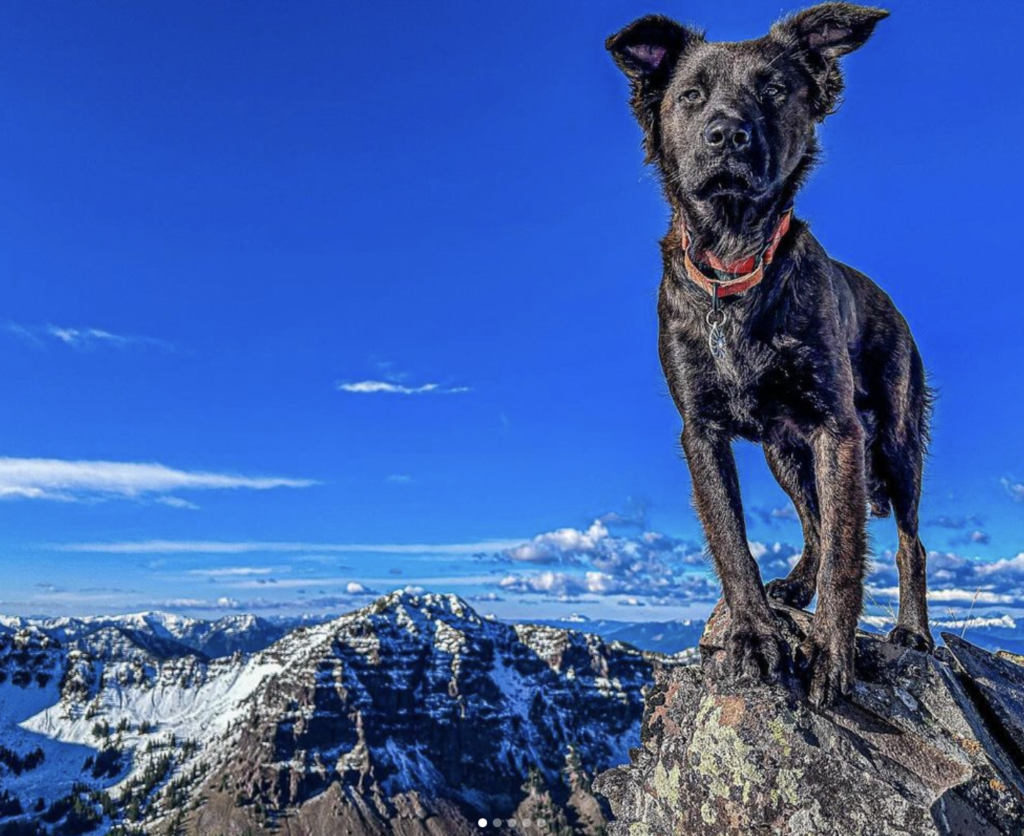
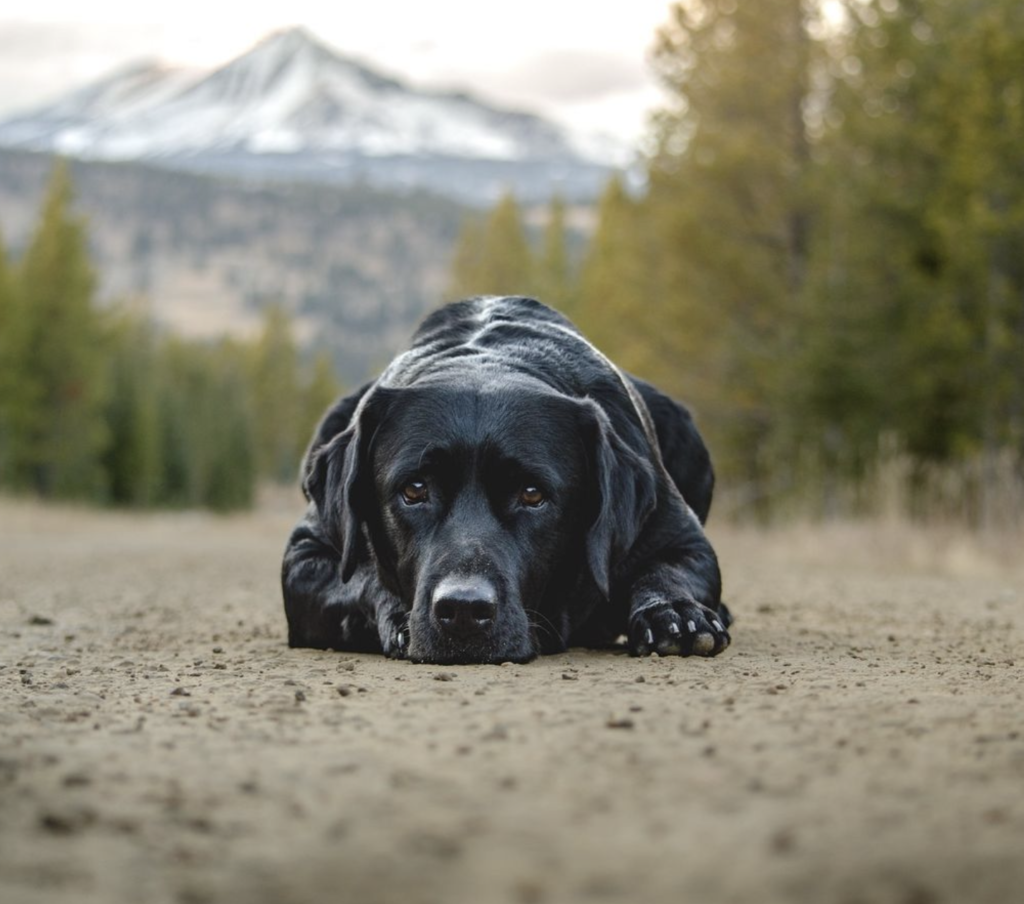
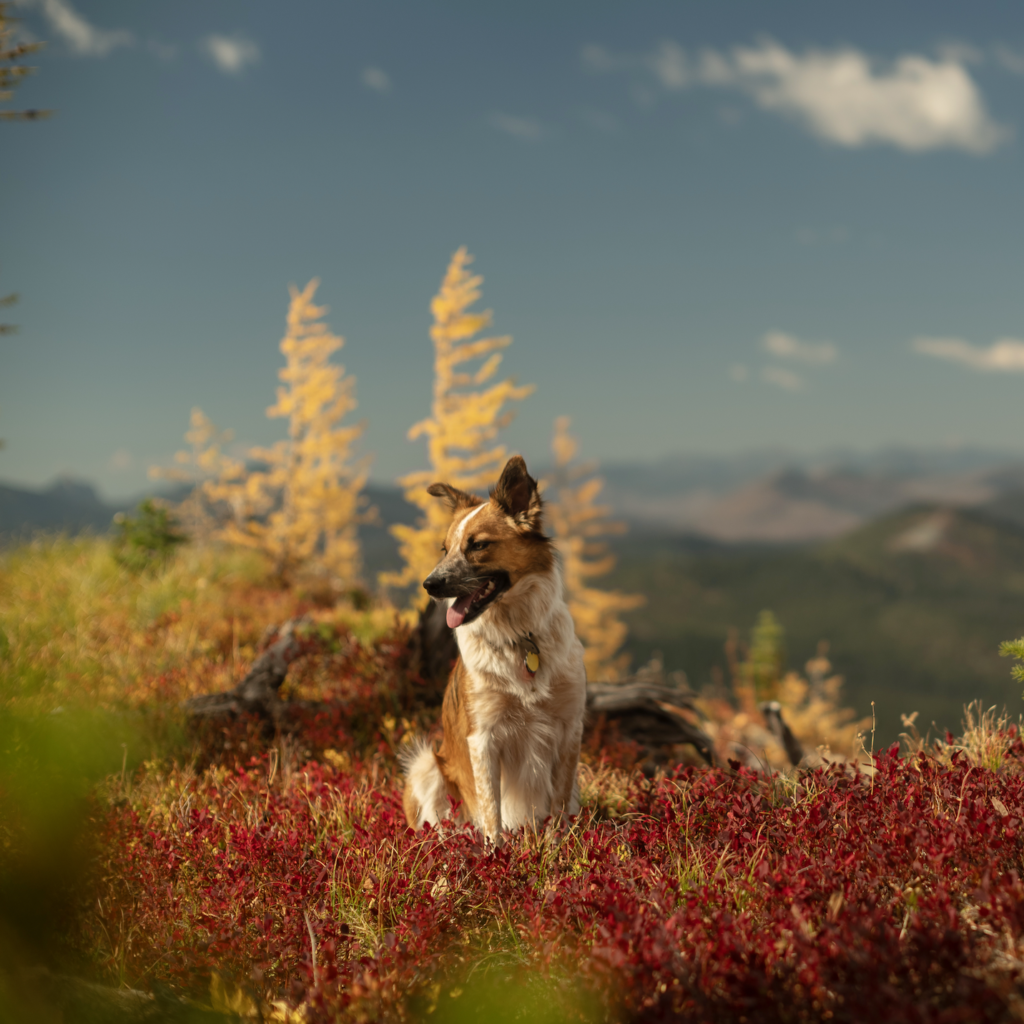
Tips for Being a Responsible Dog Owner
on Public Lands
Pick up after your pet! Not only is trailside poo gross to see, it can actually have negative impacts on the native plants and animals in the area. Dog feces and urine add excess nutrients to the area, altering how some plants grow. Also, the “scent of a predator” left behind can either habituate prey species to the scent, making them more vulnerable to predation, or the scent may keep sensitive prey species from the area, severely limiting their habitat.
Always know the rules of where you are! For example, in many wilderness areas, dogs are allowed but they must be on leash. Many other areas allow dogs to be off leash if they are under voice control. Know the rules of where you are and make sure you are following them.
Respect other users! Even if your dog is cute and friendly, not everyone wants to say hi to them. Make sure your dog is under control so that everyone out enjoying our public lands can have the experience they want.
Keep wildlife safe! Dogs are natural predators and many have a strong prey drive. If dogs chase wildlife this can lead to mothers being separated from their young, and can lead to the animal dying from stress, or to a direct kill. Dogs can also carry diseases that are harmful to wildlife so make sure you’re up to date on your vaccinations.
Know what to do if you encounter livestock! Montana has more cows than people and a fair number of domestic sheep as well. Many of these animals graze on public land so it’s important to know how best to handle your dog if you do encounter livestock. The best practice is to keep your dog leashed when livestock are nearby.
Use caution at trailheads! Trailheads can be hectic with people, cars, and other dogs. It’s best practice (and even a requirement in some places) to keep your dog leashed until a safe distance from the trailhead.
Keep your dog safe! Know what to do if you encounter wildlife as the chances of encountering some type of wildlife in Montana are high. Keep your dog under control and always carry bear spray. It’s also important to note that dogs can be caught in traps if they are roaming off-trail. Stay alert to this possibility and keep your dog close-by. Refer to FWP’s guide for how to release dogs from snares and traps.
Fun Facts: Public Lands in Montana
- There are 30 million acres of publicly owned land in Montana–that’s nearly ⅓ of the state!
- A good portion of this 30 million acres Federal Public land including:
- 16 million acres of National Forest Land
- 15 Wilderness areas that comprise about 3.5 million acres of Montana’s Landmass.
- 44 Wilderness Study areas (7 FS Managed, 37 BLM managed)
- 8 million acres of Bureau of Land Management Land
- 10 National Wildlife Refuges
- 200,000 land acres of Bureau of Reclamation Land
- 16 million acres of National Forest Land
- State Public Lands include:
- 55 State Parks
- Over 350 fishing access sites
- 5.5 million acres of state school trust lands
- Nearly 70 Fish, Wildlife, and Parks manage Wildlife Management areas making up thousands of acres
- WMAs are managed with wildlife and habitat conservation as a priority and are generally closed to the public from December 2 – May 15.
- WMAs are often strategically purchased to provide access to large parcels of landlocked public lands.
- The forced and systemic removal of Indigenous people from their ancestral lands forms the basis of today’s public land system.
- Montana contains 9 reservations, 12 tribes, and has a population of approximately 80,000 Indigenous people.
